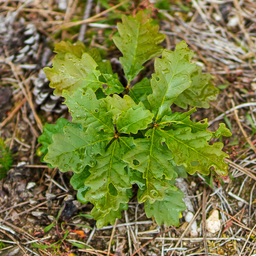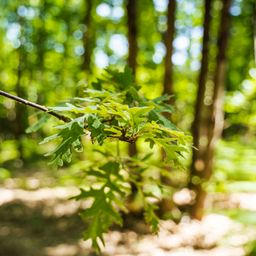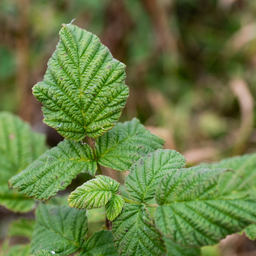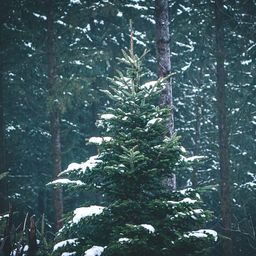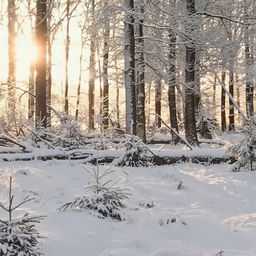
Redwood: Meaning and use
The world's largest tree, Redwood is a coniferous tree with evergreen leaves reminiscent of yew trees. Because of its rapid growth and fire- and fungus-resistant bark, its wood is widely used.
Redwood
Known as the California Redwood or Evergreen Sequoia (Sequoia sempervirens), this tree belongs to the Taxodiaceae family. Fossilized specimens found in Europe show that these trees lived there about 7 million years ago, long before they were imported from the USA's Pacific Coast. In its natural habitat, the redwood can grow up to one meter per year. They are among the tallest trees in the world and produce high-quality wood.
Why does EcoTree plant Redwood?
Because of their rapid growth and the qualities of their wood, Redwoods are trees with great economic and ecological value. They like humid climates and have adapted to certain valleys in Brittany. Their wood is strong, rot-proof, and fire-resistant. In the large forests on the west coast of the United States where it often strikes, redwoods use lightning to their advantage to reproduce. Fire helps disperse the tree's seeds and enriches the soil by adding charred organic matter. These trees also multiply in shoots.
It's worth preserving this tree species which has been overexploited in the states of Oregon and California. These states are abundant with ferns and near-constant, thick mists. These trees need high humidity; capturing some of the water they need through their leaves. It's likely that they themselves contribute to the mist in which they thrive, thanks to the evapotranspiration system of their leaves.
Redwood - Overview
Redwood - Overview

Redwood - Species requirements
Redwoods' current natural habitat is a long, narrow strip measuring 75 km wide by 750 km long, between northern California and Oregon. They sit between 0 and 900 metres above sea level, in valleys with rich, deep soil and abundant watering. They can withstand frost and high temperatures, but drought is fatal to them. This is why redwoods can grow in certain valleys in Brittany and western France that are regularly watered by rain.
The usuage of the Redwood
The California Redwood has excellent quality wood. It is fairly light, aesthetically pleasing, insect resistant, rot-proof, and fire-resistant, as it has no resin channels. In the United States, it was commonly used to make railway sleeper cars, thanks to being resistant to rot. It's used for outdoor furniture, but also for lumber and construction.
Symbolism of the Redwood
The Sierra Nevada Native Americans revered the Redwood as the pillar around which the world was created. Currently, the tallest tree in the world is a Redwood, nicknamed Hyperion, standing over 115 meters high. Though less than 600 years old, this type of tree can live for 2000 years. The Redwood symbolizes longevity, power, strength, and energy. Have you ever considered giving a tree as a gift? Gift a Redwood to a loved one!
Our selection of trees
Our goal is to enable anyone to do something that benefits nature and helps us to live in a more harmonious world. So why not become a tree owner in a European forest and help combat climate change?
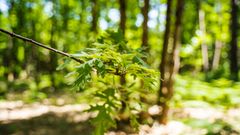

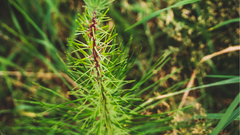

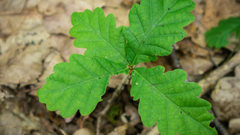

Please note that this is promotional communication. See our notice of information.

